What Are Piston Rods?
Piston rods are essential components in an engine’s operation. They connect the piston to the crankshaft, converting linear motion into rotational motion. These rods endure intense pressure and high-speed movement, ensuring power transfer within the engine system.
Definition and Purpose of Piston Rods
Piston rods, often called connecting rods, link the piston and crankshaft. Their primary purpose is to transfer combustion energy from the piston to the crankshaft. This process helps generate the rotational force required to run the engine. Piston rods play a vital role in maintaining the efficiency and performance of internal combustion engines. Without them, the energy from fuel ignition cannot power the vehicle.
Key Components of a Piston Rod
- Small End: Connects to the piston pin and allows pivoting motion during operation.
- Rod Shaft: The central part that carries loads and transmits energy.
- Big End: Attaches to the crankshaft and accommodates rotational motion.
- Bearings: Found at both ends to minimize friction and allow smooth movement.
Every part works together to maintain durability, precision, and efficiency. Properly designed components ensure stable performance under extreme conditions. In summary, piston rods are the backbone of engine mechanics, managing intense forces and the movement needed to power vehicles and machinery.
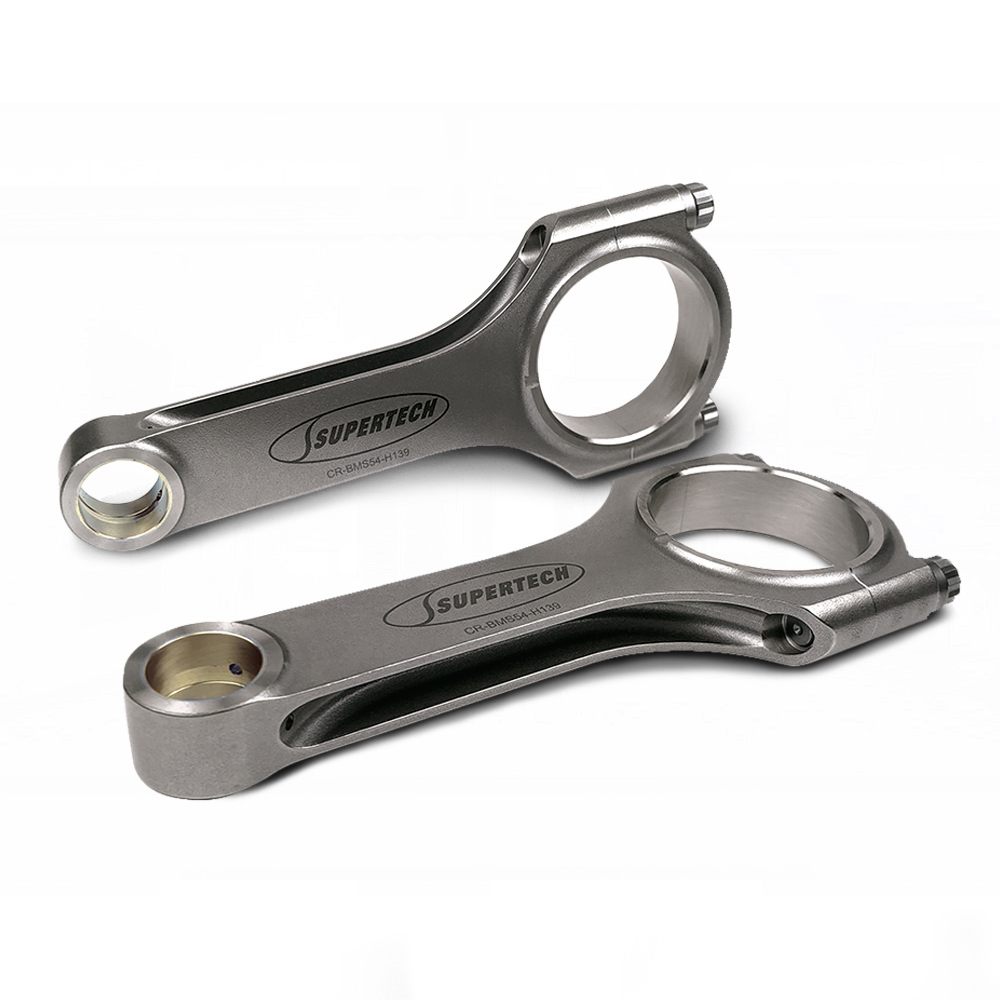
The Role of Piston Rod in Engine Function
Piston rods are vital for converting energy into motion. They play a key role in transferring power and generating torque. This process enables the engine to perform efficiently and deliver required power to the vehicle.
How Piston Rods Contribute to Power Transmission
Piston rods transfer energy from the piston to the crankshaft. During combustion, gases push the piston downward. The rod then converts this linear motion into rotational force. This rotational force drives the crankshaft, which powers the vehicle. Without this component, energy from combustion would not be harnessed efficiently. Durable and well-designed piston rods ensure smooth motion and power flow.
The Relationship Between Piston Rods and Engine Torque
Engine torque depends on the piston rod’s ability to handle force. A stronger rod ensures consistent performance under high pressure. Torque is generated when piston rods rotate the crankshaft effectively. High torque means better acceleration and pulling power. Piston rods must maintain their structural integrity to ensure optimal torque. Choosing quality rods designed for your engine type enhances overall performance.
Materials Used in Manufacturing Piston Rod
Piston rods are engineered using specific materials to ensure durability, strength, and performance. The choice of materials is critical for withstanding extreme conditions, maintaining efficiency, and prolonging engine life.
Common Materials and Their Properties
- Steel: Steel is widely used due to its strength and durability. It can endure high loads and stresses, making it ideal for engines operating under intense conditions.
- Aluminum Alloys: Aluminum is lighter than steel, reducing weight without compromising performance. It has good thermal resistance but may not excel under extreme stress as steel does.
- Titanium: Titanium offers a balance between lightweight construction and exceptional strength. It resists corrosion and is ideal for high-performance engines.
- Forged Alloys: Forged alloys increase material density, providing added durability and resilience under extreme forces.
- Cast Iron: Though outdated in modern designs, cast iron was valued for its toughness and affordability.
Each material has specific properties suited to engine requirements. Selecting the right material ensures better performance and longer service life.
Advancements in Lightweight and Durable Materials
Recent advancements focus on reducing weight while enhancing strength and efficiency. Modern engines demand piston rods that improve fuel efficiency and performance metrics. Innovative materials like carbon fiber composites and advanced metallic alloys are gaining popularity.
- Carbon Fiber Composites: These are lightweight yet incredibly strong. They reduce the engine’s overall weight, improving speed and efficiency.
- Advanced Metallic Alloys: Alloys blended with rare metals increase endurance while promoting heat resistance.
- Hybrid Materials: Combining metals and composites offers optimized strength and reduced weight.
Engine manufacturers are investing in research to develop sustainable, high-performance materials. These innovations ensure piston rods stay reliable while using fewer resources and meeting modern environmental standards.
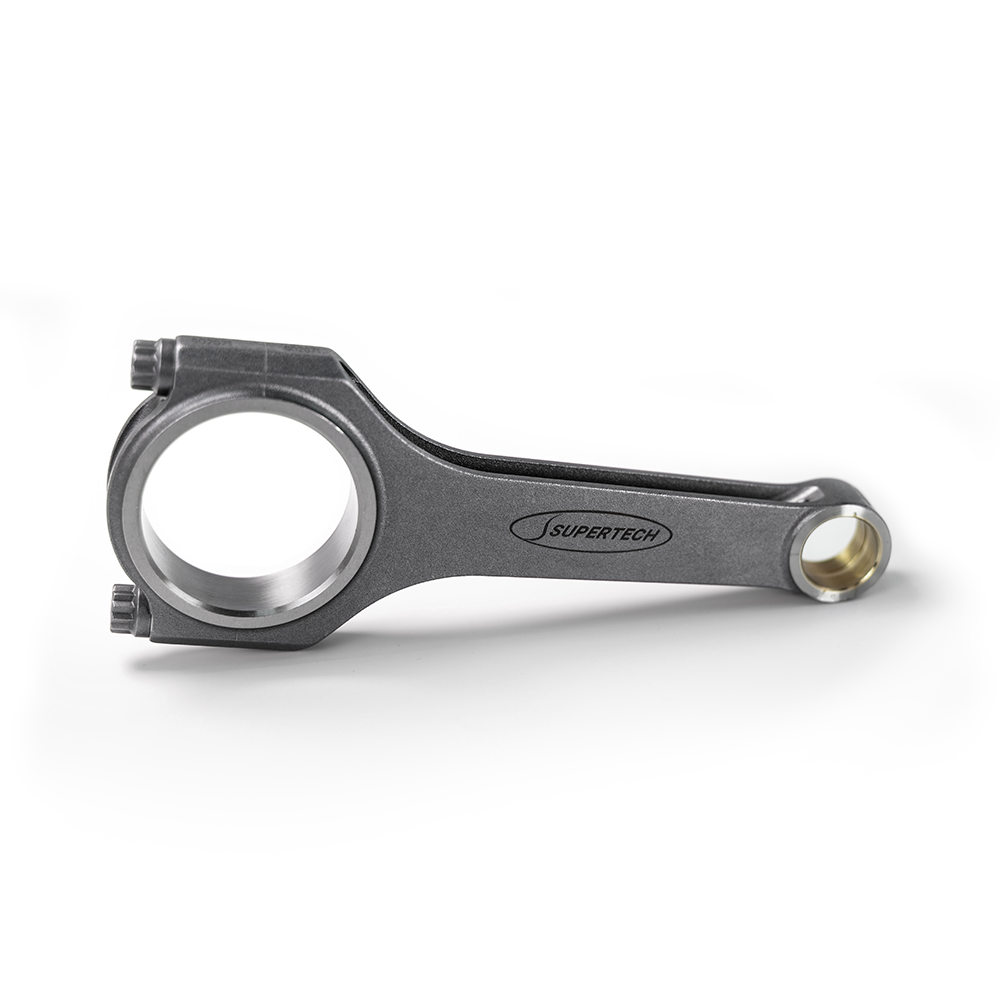
Factors Affecting Piston Rod Performance
Piston rods face intense conditions during operation. Their performance impacts engine efficiency and lifespan. Various factors affect how well these components function and endure. Understanding these factors is crucial for maintaining engine reliability.
Stress and Load Resistance
Stress and load resistance are key to piston rod performance. During combustion, rods experience high pressure and force. They must endure repeated stress without deforming or breaking.
- Material Strength: High-quality materials enhance resistance to mechanical stress. Steel and titanium are common choices.
- Design Efficiency: A streamlined design reduces stress concentration points. This prevents cracking.
- Load Distribution: Balanced load distribution minimizes excessive stress. Weight and pressure must align for efficient performance.
- Operating Conditions: Extreme temperatures affect metal strength. Heat-resistant materials reduce thermal stress.
Piston rods must withstand constant mechanical and thermal forces. Ensuring proper construction minimizes risks of failure under stress.
Wear and Tear Prevention
Wear and tear gradually degrade piston rod efficiency. Preventing this ensures longer component lifespan.
- Lubrication: Adequate lubrication reduces friction. This minimizes wear between moving parts.
- Surface Coatings: Protective coatings enhance resistance to corrosion and abrasion.
- Precision Manufacturing: High-quality machining ensures proper fitting. Poorly built rods wear out faster.
- Regular Maintenance: Inspections and timely interventions prevent minor damage from escalating.
- Engine Tuning: Overloading or running an engine at extreme speeds accelerates wear. Proper tuning reduces unnecessary stress.
By addressing these factors, piston rods can maintain performance and enhance engine durability. Routine care and proper design choices play a significant role in preventing wear and stress-related failures.
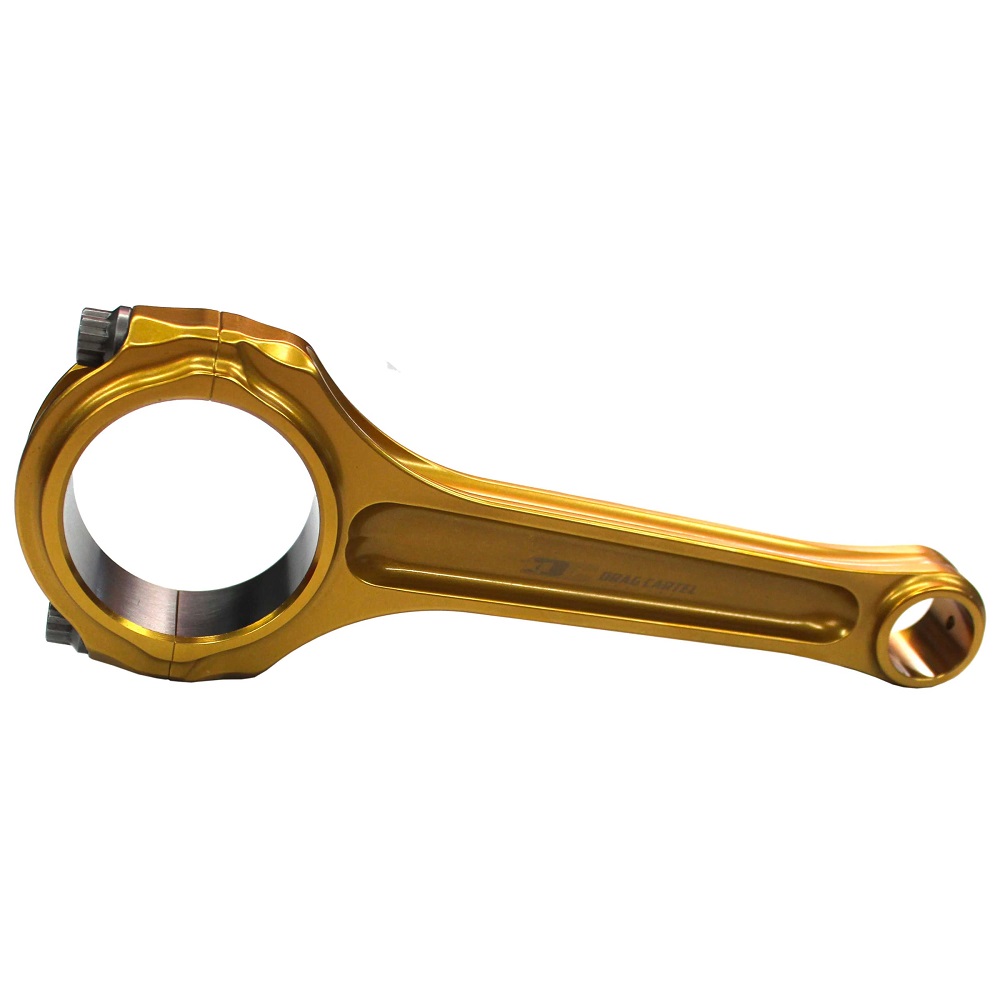
Maintenance and Inspection of Piston Rod
Proper maintenance and timely inspections ensure piston rods perform efficiently and last longer. Regular care prevents unexpected failures and extends the engine’s lifespan.
Regular Maintenance Tips
- Lubricate Moving Parts: Use high-quality lubricants to reduce friction and prevent wear.
- Inspect for Cracks and Damage: Check rods regularly for visible signs of stress or fractures.
- Clean Components: Dirt and debris can affect efficiency. Clean rods when servicing the engine.
- Follow Manufacturer Guidelines: Adhere to recommended servicing intervals for optimal performance.
- Check Bearings: Inspect the bearings for wear to ensure smooth pivots and rotations.
Consistent care boosts piston rod reliability and helps avoid costly engine repairs.
Signs of Wear and When to Replace Piston Rod
- Unusual Engine Noise: Knocking or clicking sounds may indicate worn piston rods.
- Reduced Performance: Engine power and efficiency decline when rods malfunction.
- Vibrations During Operation: Excessive vibrations signal misalignment or wear.
- Cracks or Bends: Physical deformities compromise the rod’s structural integrity.
- Oil Contamination: Metallic particles in the oil suggest piston rod wear.
Replace damaged or worn rods immediately to protect engine components and ensure safe operation. Regular inspections help identify issues early and prevent major failures.
Innovations in Piston Rod Technology
Advancements in piston rod technology aim to improve engine performance and sustainability. Modern approaches focus on enhancing designs, efficiency, and eco-friendliness to meet evolving automotive needs.
Enhanced Designs for Improved Efficiency
- Optimized Geometries: Engineers design piston rods with streamlined shapes to reduce stress points. Improved shapes enhance durability and withstand extreme forces during combustion.
- Material Advancements: High-strength alloys and composites are used for improved performance. These materials offer superior strength while minimizing rod weight.
- Lightweight Construction: Lightweight piston rods reduce engine mass, boosting fuel efficiency and increasing acceleration.
- Precision Manufacturing: Advanced machining methods ensure accurate dimensions and reduce assembly errors. Precision reduces wear and ensures smooth operation.
- Dynamic Balancing: Balanced piston rods minimize vibrations during engine operation. This reduces wear and enhances engine longevity.
These innovative designs maximize output while minimizing energy loss. Better efficiency translates to improved power and fuel savings.
Eco-Friendly and Sustainable Piston Rod Solutions
- Recycled Materials: Manufacturers use recycled alloys to reduce environmental impact. This promotes sustainability in production processes.
- Carbon Fiber Usage: Carbon fiber piston rods are lightweight and durable. Their low weight improves engine performance and reduces fuel consumption.
- Coating Technologies: Eco-friendly coatings enhance corrosion and wear resistance. They prolong piston rod life while minimizing material waste.
- Bio-Based Composites: Some manufacturers explore bio-composite materials for piston rods. These materials reduce dependence on non-renewable resources.
- Energy-Efficient Manufacturing: Advanced production techniques consume less energy and reduce emissions during piston rod fabrication.
Eco-focused innovations align with industry goals for reducing greenhouse gas emissions. These solutions support sustainable mobility while maintaining engine reliability and efficiency.
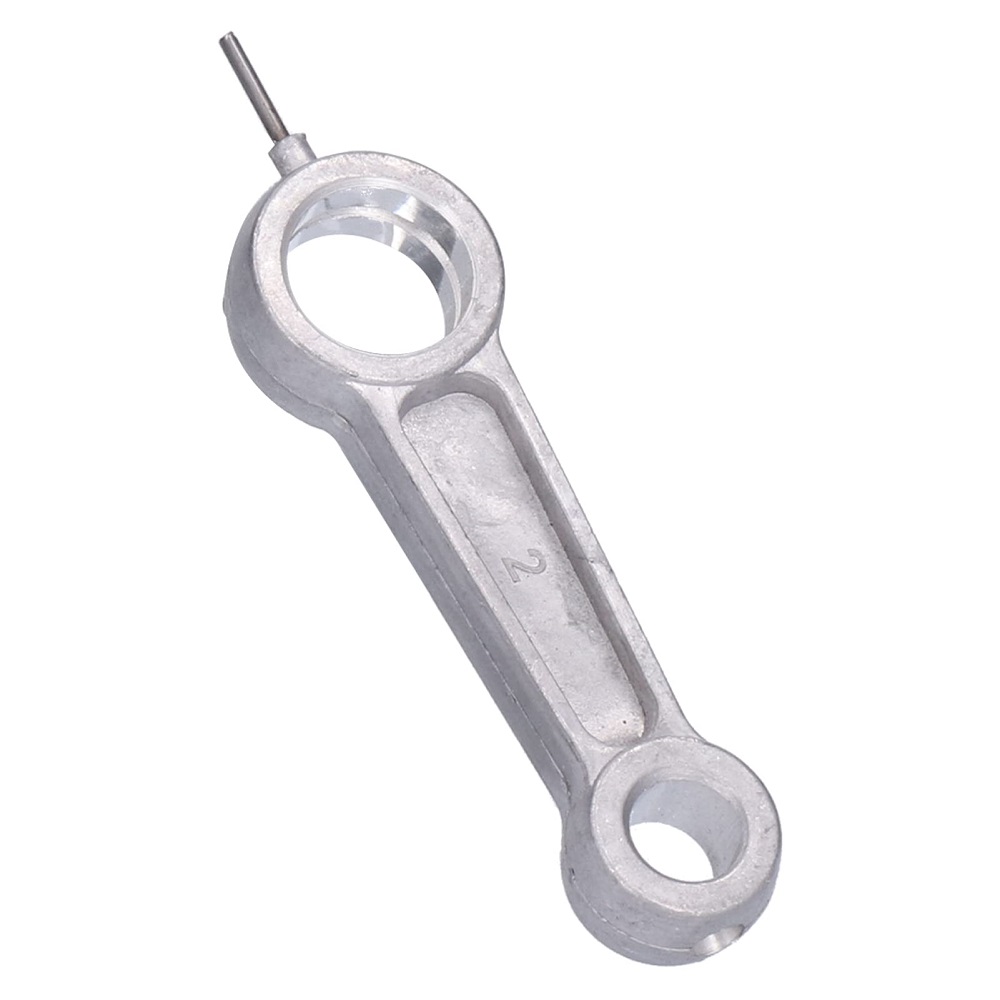
The Importance of Choosing the Right Piston Rod
Selecting the right piston rods is crucial for engine performance and durability. The wrong choice can reduce power, increase wear, and even cause engine failure. Properly matched piston rods ensure optimal energy transfer and protect other components.
Matching Piston Rod with Engine Specifications
Matching piston rods with engine specifications is essential for smooth and reliable operation. Consider the following factors:
- Engine Type: Choose rods designed specifically for your engine, whether it’s for heavy-duty or performance use.
- Material Strength: Select materials that can endure the engine’s stress and operating conditions.
- Weight Specifications: Lightweight rods suit high-speed engines, while robust rods handle higher loads.
- Fit and Dimensions: Ensure accurate dimensions to fit the piston pin and crankshaft snugly.
- Power Output Needs: High-performance engines require rods that can handle greater torque and power.
A mismatch can lead to inefficiencies, damage, or even compromised safety. Always prioritize precise compatibility for optimal function.
Impact on Overall Engine Longevity
The right piston rods contribute significantly to engine longevity. Here’s how:
- Reduce Wear: Quality rods minimize stress on engine components, reducing the risk of premature wear.
- Enhance Efficiency: Proper rods allow smooth energy transfer, improving engine performance over time.
- Prevent Failures: Durable rods resist deformation, preventing mechanical breakdowns and costly repairs.
- Improve Heat Management: Advanced materials help manage thermal stress, extending the life of the engine.
- Boost Reliability: Dependable piston rods ensure consistent engine performance under various conditions.
Investing in the correct piston rods ensures your engine lasts longer and performs better. Carefully consider specifications and material quality before making a selection.
The Impact of Piston Rod on Engine Dynamics
Connecting Rod Bearings
Piston rods connect to engine components using connecting rod bearings. These bearings are crucial for reducing friction as the rod pivots around the crankshaft. High-quality bearings can significantly enhance their performance by minimizing wear and tear. This leads to smoother operation and increased engine efficiency.
Maintenance Considerations
Ensuring the proper maintenance of connecting rod bearings is essential for longevity. Regular oil changes and using the right oil can keep bearings lubricated and functioning optimally. Neglecting this aspect can lead to premature wear on the piston rods and connecting rods, resulting in operational issues.
Vibrations and Balance
Piston rods play a significant role in managing engine vibrations. Well-designed rods can help balance the engine’s operation, reducing harmonic vibrations that could lead to damage over time. The correct length and material choices can help absorb shocks, providing a smoother driving experience.
Importance in Performance Tuning
When engineers tune engines for performance, they must consider the impact of piston rods on vibrations. This careful balancing can increase overall performance and reliability. In racing applications, optimizing piston rod dynamics can lead to improved throttle response and power delivery.
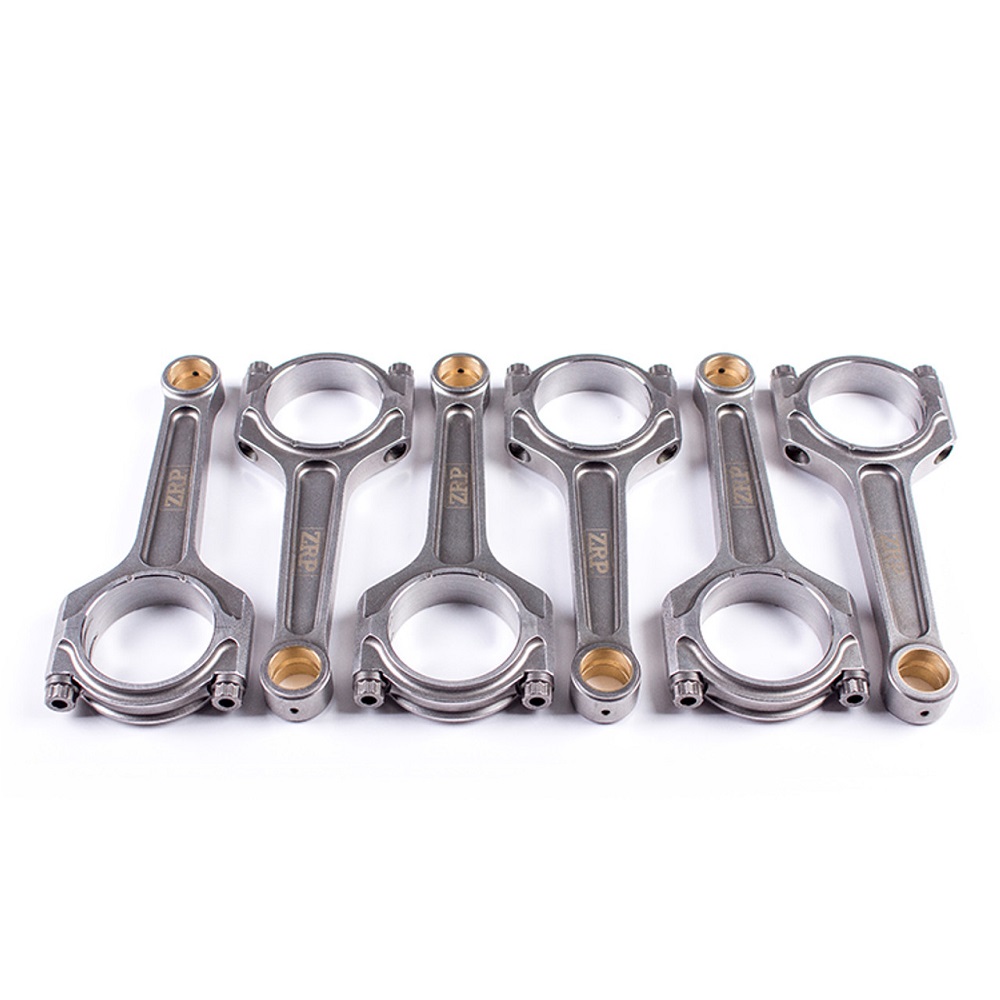
Upgrading Piston Rod for Performance
Signs You Need an Upgrade
There are several signs indicating that upgrading your piston rods may be beneficial. If you’re experiencing engine knocking, excessive oil consumption, or failed components during high-stress situations, it could be time for a change. Additionally, if you’ve altered your engine for higher performance, stock rods may not be adequate for the demands of enhanced power output.
Choosing Performance Piston Rods
When selecting performance piston rods, consider your engine’s specifications and your desired power goals. Research high-performance options that fit well with your engine’s design. Upgrading rods may involve specific attention to weight, strength, and material choices tailored to the modifications made to your engine.
Balancing Cost and Performance
Upgrading piston rods can be an investment. It’s important to balance the cost with the anticipated performance gains. Investing in quality components can lead to a more responsive engine, translating to improved performance on the road or track. Assess your needs thoroughly to ensure that every decision leads to greater efficiency and power.
Conclusion: The Essential Role of Piston Rods
In conclusion, piston rods play a crucial part in ensuring your motorcycle’s engine operates efficiently and effectively. Understanding how they function helps riders make informed decisions regarding upgrades and replacements. The right choice of piston rods enhances not only performance but also the overall riding experience.
Focus on Quality and Compatibility
When selecting piston rods, prioritize quality and compatibility with your motorcycle. Research options that are known for their durability and performance, ensuring they fit well within your engine’s specifications. A well-informed choice will lead to increased engine reliability and enhanced performance.
Embrace the Riding Experience
Ultimately, investing in high-quality piston rods contributes to an enjoyable and powerful riding experience. When your motorcycle is performing at its best, every ride becomes a thrilling adventure. Embrace the improved power and efficiency that comes with understanding the role of piston rods in your engine.
By choosing the right piston rods and maintaining your motorcycle properly, you can maximize the joy of each ride while keeping your bike in excellent condition for years to come. Whether you are a casual rider or a serious enthusiast, understanding these components helps you appreciate the complexity and beauty of motorcycle engineering. Enjoy the ride!
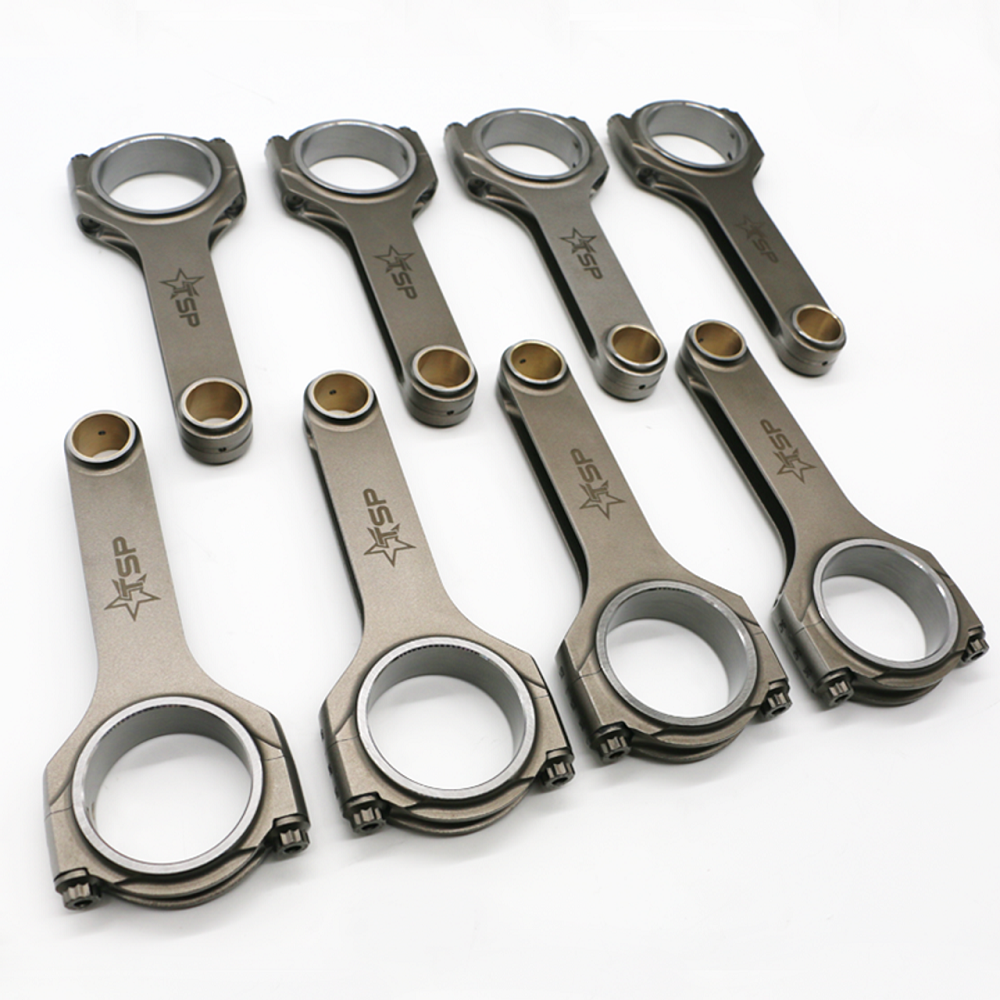
Leave a Reply